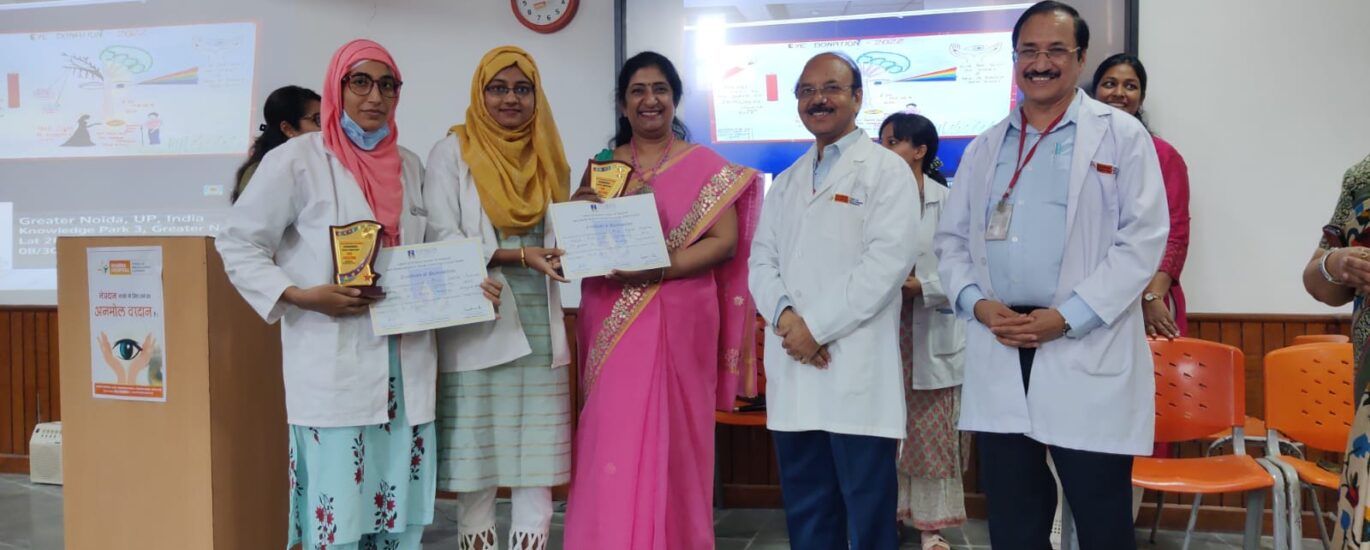Pursuing an MBBS abroad has become a popular choice for students who want quality medical education at an affordable cost. Several countries offer globally recognized MBBS programs, advanced infrastructure, and better career opportunities. However, each country has its own benefits and challenges.
In this blog, we will explore the top five countries for studying MBBS abroad, along with their advantages and disadvantages to help students make an informed decision.
1. Russia
✅ Advantages:
- Affordable tuition fees compared to private medical colleges in India.
- Globally recognized universities approved by WHO & NMC.
- No entrance exams (except NEET qualification required).
- Indian students-friendly environment with many Indian communities.
- English-medium MBBS programs available.
❌ Disadvantages:
- Extremely cold weather in many regions.
- Language barrier; some universities teach in bilingual mode (English + Russian).
- FMGE (now NEXT) exam required to practice in India.
2.Kursk
✅ Advantages:
- High-quality medical education with European standards.
- Affordable fees and cost of living.
- No donation or entrance exam required.
- Practical-based education system with advanced technology.
❌ Disadvantages:
- Ongoing political instability and war impact education safety.
- Students may have to transfer to other universities.
- FMGE/NEXT exam required for practicing in India.
3.Kazan
✅ Advantages:
- Low-cost medical education with good infrastructure.
- No entrance exam; admission based on 12th-grade marks + NEET.
- Shorter duration (5 years) compared to other countries.
- Indian food available in major universities.
❌ Disadvantages:
- Some universities have a bilingual teaching system (English + Kazakh).
- Harsh winter climate in some cities.
- Limited global recognition compared to Russia or the USA.
4. Philippines
✅ Advantages:
- Follows the American education system (MBBS equivalent to MD).
- English is widely spoken, reducing the language barrier.
- High FMGE passing rate due to US-based curriculum.
- Tropical climate similar to India, making it comfortable for students.
❌ Disadvantages:
- First, students must complete a pre-medical course (BS Biology) before MBBS.
- Total duration is longer (around 6 years).
- Some universities have high living costs.
5. Samara
✅ Advantages:
- Advanced medical infrastructure and globally ranked universities.
- Low tuition fees compared to private colleges in India.
- High-quality education with modern technology.
- WHO & NMC-approved universities with global recognition.
❌ Disadvantages:
- Some universities teach in Chinese after the initial years.
- Cultural and language barriers.
- FMGE passing rate is lower than other countries.






